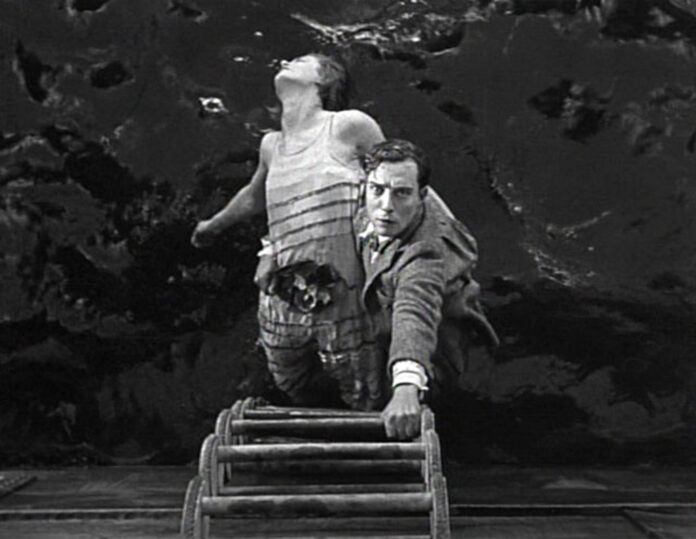Apichatpong Weerasethakul, Kelly Reichardt, and Buster Keaton stand as remarkable figures in cinema, each contributing significantly to filmmaking through their distinctive styles and enduring impact. We will uncover the Blu-ray review of these directors’ famous movies.
Apichatpong Weerasethakul, a Thai filmmaker and Palme d’Or-winning director, is celebrated for his poetic and surreal narratives that often blur the lines between reality and fantasy.
Kelly Reichardt, an American director known for her intimate and contemplative storytelling, has crafted a diverse body of work that explores the human experience against the backdrop of the American landscape.
Buster Keaton, a pioneering silent film actor and director from the early days of Hollywood, left an indelible mark with his iconic stone-faced expressions and groundbreaking contributions to the slapstick comedy genre.
These artists have left an indelible mark on cinema, shaping the medium with their unique voices and contributing to its rich tapestry of storytelling.
Also Read More: Greta Gerwig Cheating And Affair: Did She Cheated On Noah Baumbach?
Blu-ray Review Round-up: Horse Money (Second Run),
The esteemed British label Second Run has overcome a significant hurdle in earning cinephile admiration by venturing into the realm of Blu-ray releases.
The initial offerings cater to fans of art house cinema, featuring the debut feature of Apichatpong Weerasethakul and the latest work from Pedro Costa.
Weerasethakul’s “Mysterious Object at Noon” and Costa’s “Horse Money” may seem like an unlikely pairing, given the distinctiveness of the filmmakers.
Still, they share a common thread of being dream-like explorations where the boundaries between fiction and documentary converge.
Costa’s “Horse Money” is an epilogue to his Fontainhas trilogy, delving into the intricacies of Ventura’s mind amid the backdrop of a labyrinthine hospital.
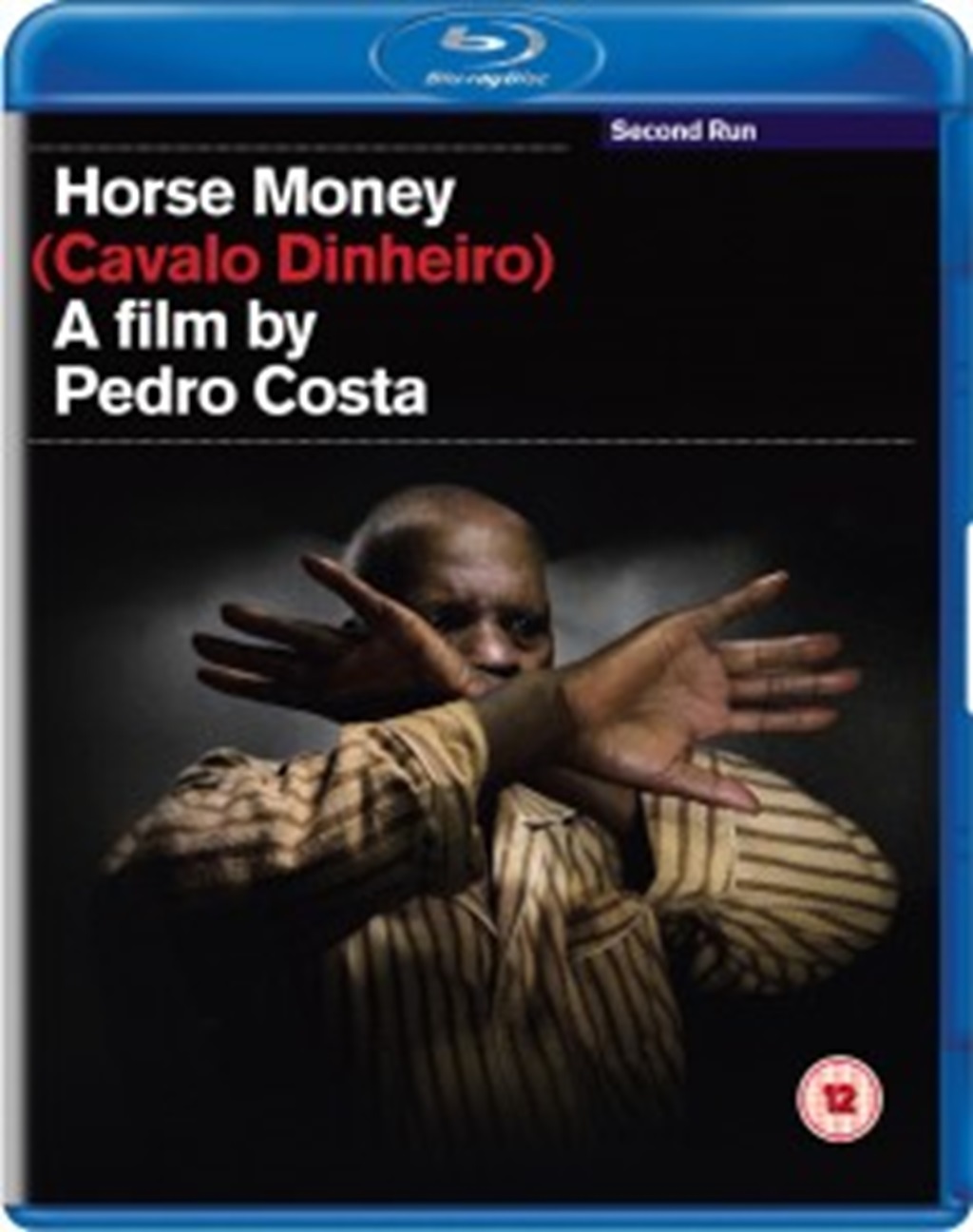
While navigating Ventura’s memories, the Film offers a nightmarish yet compelling experience, blending deeply personal moments with collective recollections of the displaced Cape Verdean people.
Interpreting Costa’s artistic intentions and the historical references he employs is no easy task, but “Horse Money” undeniably reinforces his audacious brilliance in digital photography.
Costa eschews replicating the look of celluloid, opting instead for a captivating interplay of light and shadow that renders images mythic and hyper-real, a characteristic trait in his earlier works.
Mysterious Object at Noon (Second Run)
Apichatpong Weerasethakul’s “Mysterious Object at Noon” (2000) presents a playful blend of truth and fiction.
The filmmaker and crew travel across Thailand, capturing observational footage and inviting each subsequent subject to contribute to a collective story.
The narrative revolves around a woman and a boy who use wheelchair tutors, culminating in the birth of a “mysterious object.”
However, the storytellers, including those reenacting the drama, diverge in their interpretations of the object’s nature, evoking a thematic tension between the magical and the mundane that characterizes Weerasethakul’s subsequent works.
The Blu-ray transfer of Pedro Costa’s “Horse Money” (2014) is presented in 1.33:1 at 1080i to accommodate the Film’s 25 fps frame rate, featuring rich colors, deep blacks, and a consistently sharp image.
The release includes 5.1 DTS-HD Master Audio and 2.0 stereo LPCM soundtracks.
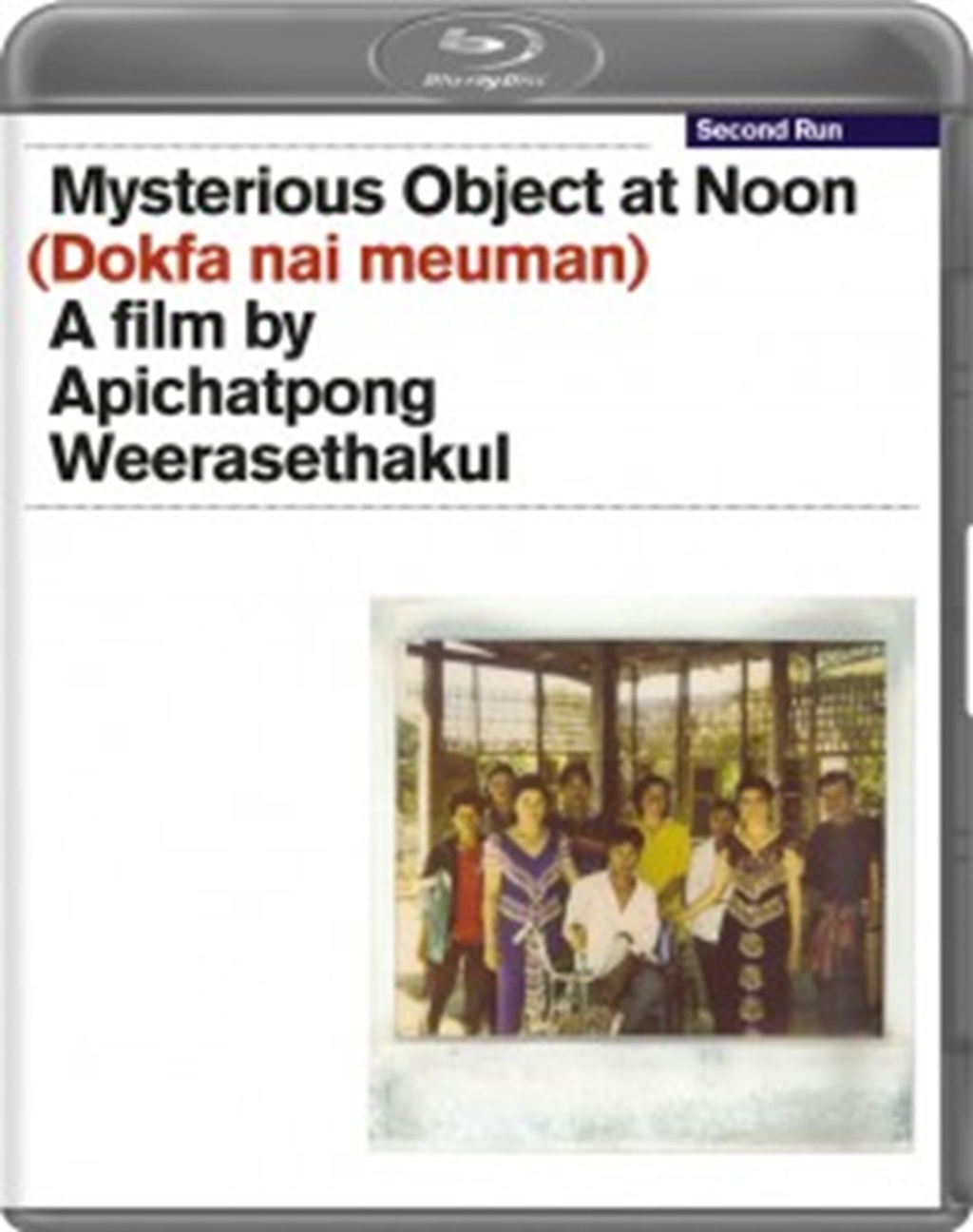
The region-free release offers all the extras from the US release by Cinema Guild, with additional content.
Meanwhile, the transfer of “Mysterious Object at Noon” faces challenges due to the poor condition of the surviving materials.
Despite the difficulties, the restoration from the Austrian Film Museum and the Film Foundation’s World Cinema Project showcases a commendable effort, sourced from a 35mm blow-up internegative of the original 16mm elements.
The image appears in a 1.78:1 frame with burned-in English subtitles, yet the fine detail and grain structure are handled well.
The Blu-ray includes 5.1 DTS-HD and 2.0 LPCM options and extras like the 2007 short film “Nimit (Meteorites),” a restoration featurette.
And a new interview with Weerasethakul. Notably, the release is accompanied by an insightful essay from Tony Rayns in the booklet.
On a scale of Excellent, Good, Fair, and Poor, Second Run’s “Horse Money” Blu-ray rates highly.
The Film (out of ****): ***1/2
Film Elements Sourced: ***
Video Transfer: ****
Audio: ***
New Extra Features: ***
Extra Features Overall: ***
On a scale of Excellent, Good, Fair, and Poor, Second Run’s Mysterious Object at Noon Blu-ray rates:
The Film (out of ****): ***
Film Elements Sourced: **1/2
Video Transfer: ***1/2
Audio: **1/2
New Extra Features: ***
Extra Features Overall: ***
Buster Keaton: The Shorts Collection 1917-1923 (Kino Lorber)
Kino’s collection of Buster Keaton Blu-rays is largely impressive, offering high-definition presentations of his short films and features.
A new five-disc Blu-ray set of short films has been introduced, significantly improving over previous releases.
While it may not be necessary for those who already own Kino’s 2011 Blu-ray release, it is a superb option for Region A customers or those seeking immediate access.
The set includes the 13 surviving shorts Keaton made with Fatty Arbuckle, alongside the 19 solo shorts from the earlier release, all benefiting from a 2K restoration by Lobster Films.
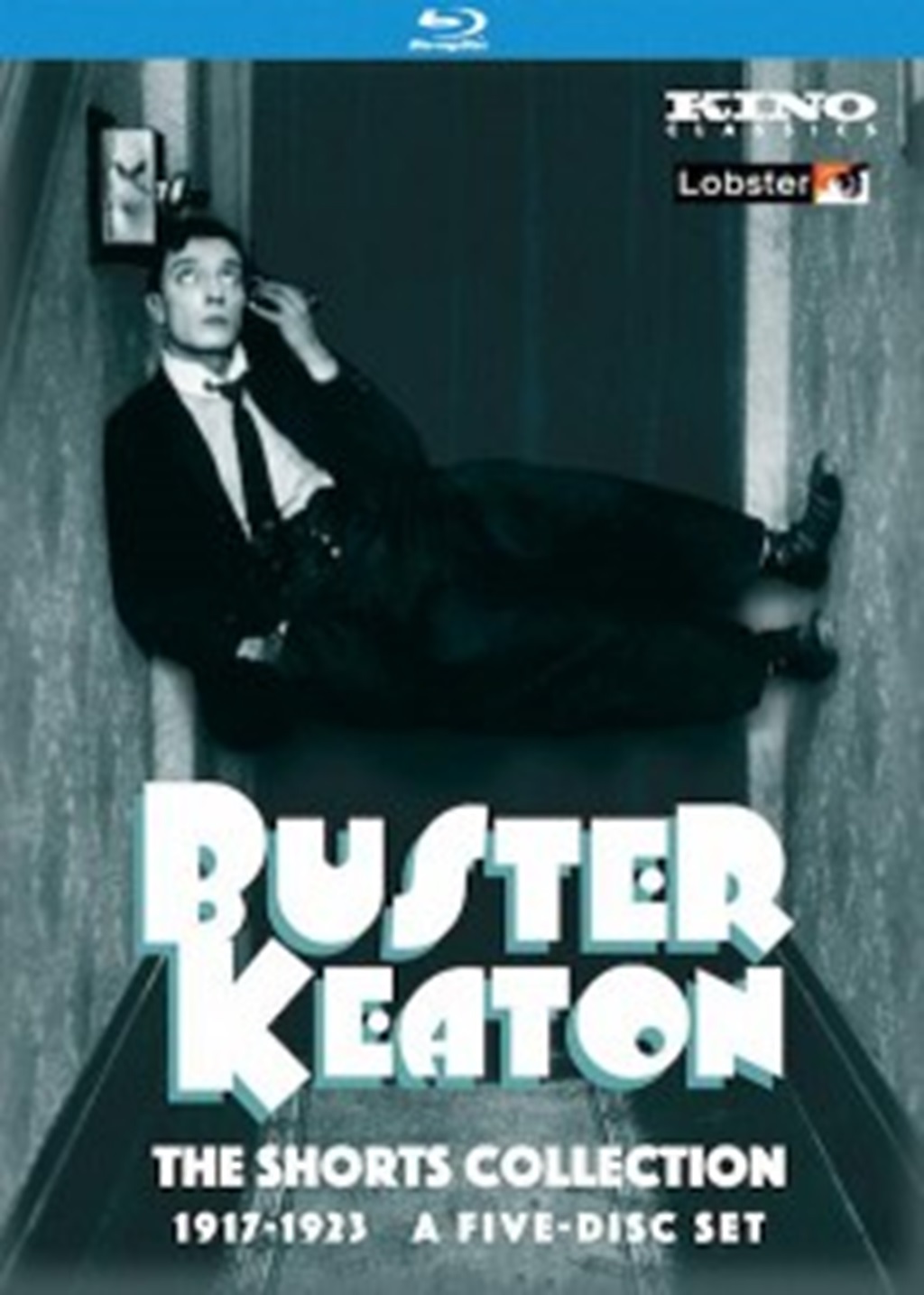
The 1080p, 1.33:1 transfers exhibit a noticeable enhancement, particularly for the Arbuckle/Keaton films, surpassing the quality of previous DVD releases.
The condition of the elements varies, but overall damage has been minimized, and the images remain stable and detailed.
The improvement in the solo shorts is consistent, with enhanced fine detail and image clarity.
While the set lacks some of the special features from the previous release, it introduces new content.
Such as an excised ending from “Coney Island,” an extended version of “The Blacksmith,” an alternate ending to “My Wife’s Relations,” and a snippet from the 1951 TV series “Life With Buster Keaton.”
Film preservationist Serge Bromberg provides insight into the restoration process, and the booklet offers detailed information on source materials and critical essays.
On a scale of Excellent, Good, Fair, and Poor, Kino Lorber’s Buster Keaton: The Shorts Collection Blu-ray rates:
The Films (out of ****): ****
Film Elements Sourced: ***
Video Transfer: ***1/2
Audio: ***1/2
New Extra Features: *1/2
Extra Features Overall: *1/2
Woman on the Run (Flicker Alley)
The Film Noir Foundation and the UCLA Film & Television Archive have recently uncovered and restored two lesser-known film noirs.
It is now available in excellent dual-format editions from Flicker Alley (with identical specifications soon to be released by Arrow Video in the UK).
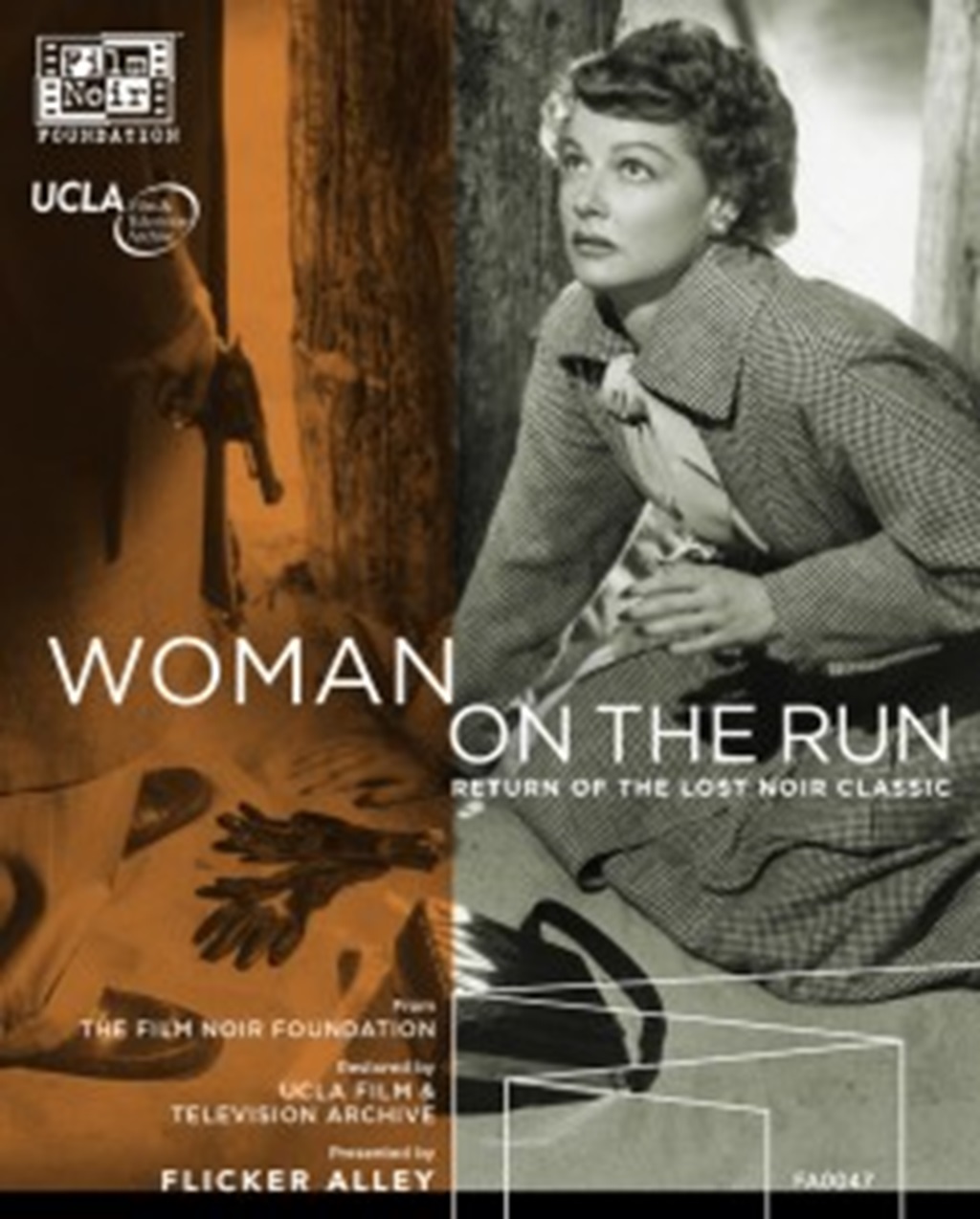
Both films share the distinctive feature of being female-centric noirs, showcasing captivating lead performances that defy the traditional sideline roles for women in noir narratives.
Norman Foster’s “Woman on the Run” (1950) follows Frank Johnson (Ross Elliott), the ostensible protagonist who witnesses a murder and disappears, leaving his estranged wife.
Clocking in at a brisk 79 minutes, the Film feels elemental, a pure shot of adrenaline within the noir genre.
Too Late for Tears (Flicker Alley)
In “Too Late for Tears” (1949), directed by Byron Haskin and written by Roy Huggins, the femme fatale takes center stage, portrayed by the delightfully deranged Lizabeth Scott.
When Jane (Scott) and her husband come into possession of a suitcase filled with $60,000, her dark desires are unleashed.
As the suitcase’s owner (Dan Duryea) comes to collect it, power dynamics shift, revealing the characters’ complexities.
The Film subverts the noir formula with Scott’s compelling performance and a black-hearted narrative.
Both films feature 1080p, 1.33:1 Blu-ray transfers that offer a revelation for viewers accustomed to subpar public-domain DVDs.
“Woman on the Run” exhibits some wear around the edges but maintains a nicely detailed and stable image.
“Too Late for Tears” often looks exceptional, showcasing well-resolved grain and fine detail, albeit with a softer visual style.
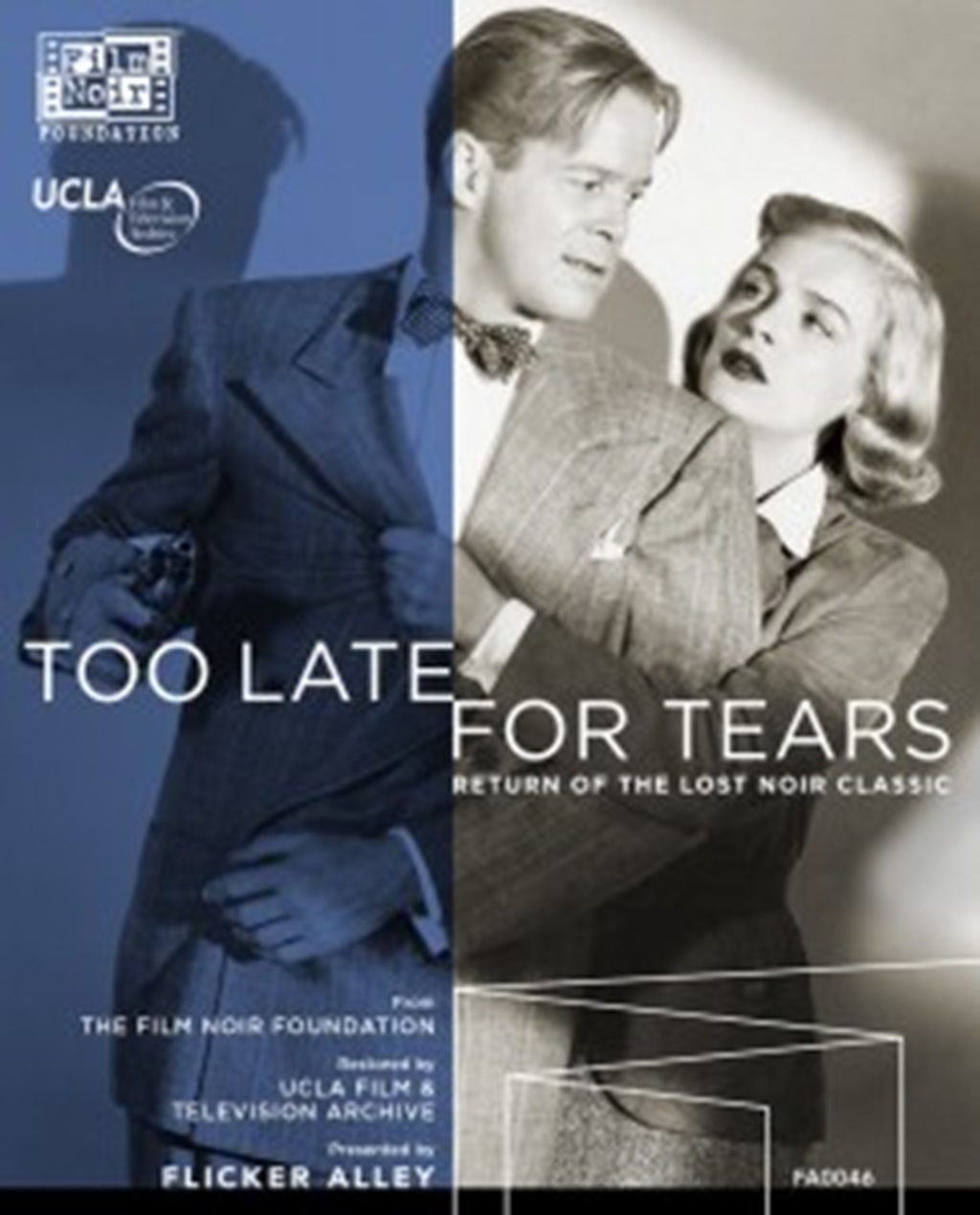
The uncompressed mono tracks are pretty clean, with “Woman on the Run” wearing more.
Bonus features include commentary tracks from noir experts Eddie Muller and Alan K. Rode and featurettes on production and restoration.
And essays in accompanying booklets provide valuable insights into preserving these hidden gems in film noir.
On a scale of Excellent, Good, Fair, and Poor, Flicker Alley’s Woman on the Run Blu-ray rates:
The Film (out of ****): ***
Film Elements Sourced: **1/2
Video Transfer: ***
Audio: **1/2
New Extra Features: ***
Extra Features Overall: ***
On a scale of Excellent, Good, Fair, and Poor, Flicker Alley’s Too Late for Tears Blu-ray rates:
The Film (out of ****): ***1/2
Film Elements Sourced: ***
Video Transfer: ***1/2
Audio: ***
New Extra Features: **1/2
Extra Features Overall: **1/2
River of Grass (Oscilloscope Laboratories)
Before establishing herself as a prominent chronicler of displacement in American cinema, Kelly Reichardt made her feature film debut with “River of Grass,” a Sundance entry in 1994.
Originally undistributed and only available on a subpar Wellspring DVD for years, the Film has undergone a 2K restoration, thanks to Kickstarter support from Oscilloscope Laboratories.
The new Blu-ray release beautifully captures the hazy 16mm images depicting Florida’s wide-open skies and dead-end suburban landscapes.
Reichardt’s deviation from traditional film noir is evident in this offbeat, lanky humor, reminiscent of Hal Hartley, with occasional flashes of early Todd Haynes.
Despite not fully embodying her distinctive later style, the Film showcases consistent vision and a keen eye for striking compositions.
Lisa Bowman stars as Cozy, a housewife indifferent to her family, and Larry Fessenden, the Film’s editor, plays Lee, a charming layabout who sparks a hint of interest in Cozy.
After a fateful encounter in a backyard pool, the two find themselves on the lam, with the Film’s genre conventions drained of dramatic energy, emphasizing the power of inertia.
Oscilloscope’s 1080p, 1.33:1 transfer transports viewers to the 1994 Sundance experience with a beautifully resolved grain structure, clear image quality, and consistent colors if muted.
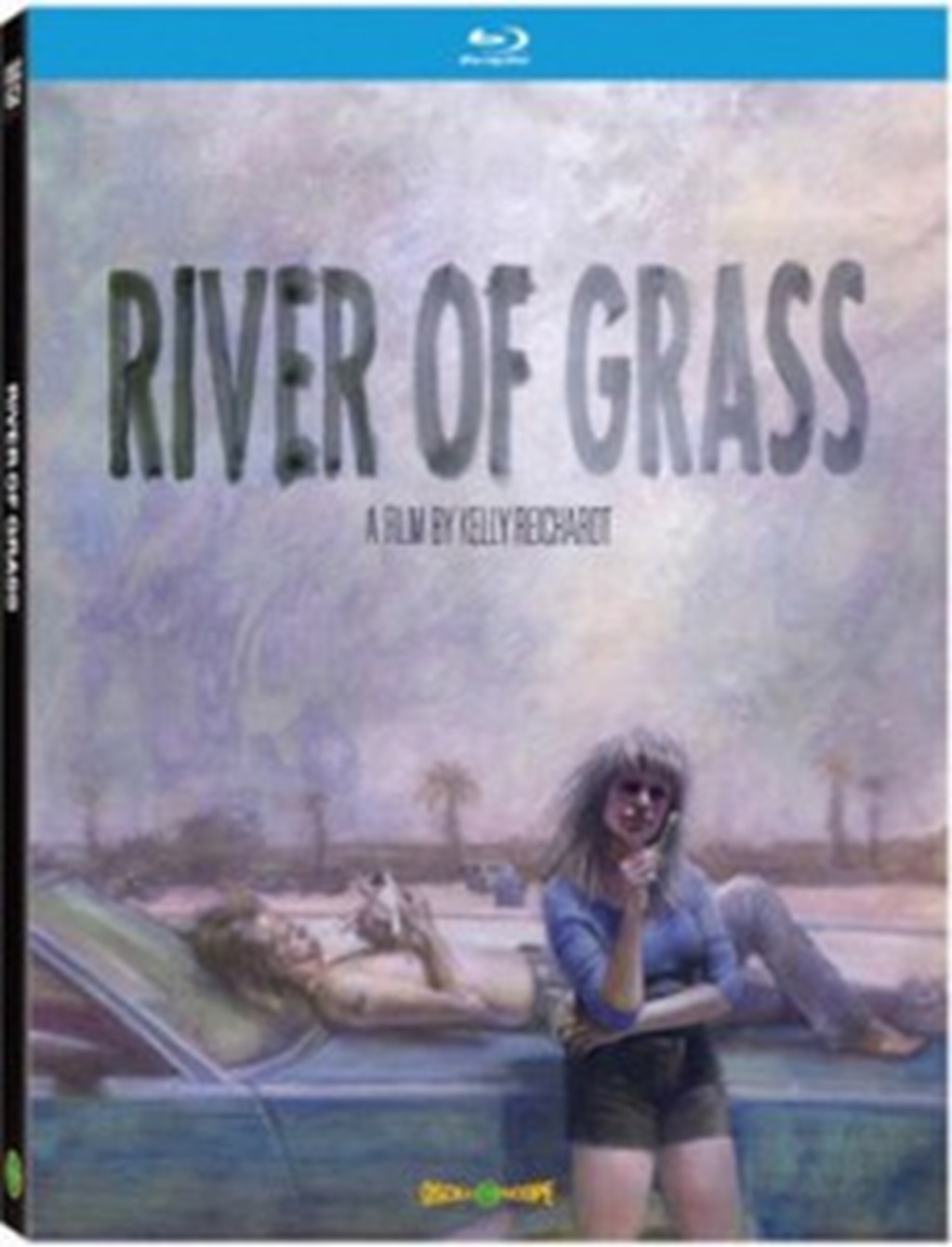
Nearly eradicating damage, the transfer maintains the Film’s original look. While showing its age, the lossless 2.0 mono track adequately handles dialogue and the jazzy score.
Bonus features include a newly recorded commentary with Reichardt and Fessenden, offering a casual, amiable conversation with moments of ribbing about production choices.
A brief restoration featurette and a re-release trailer are also included, along with an essay by film writer and curator Giulia D’Agnolo Vallan, rounding out the supplementary material.
On a scale of Excellent, Good, Fair, and Poor, Oscilloscope’s River of Grass Blu-ray rates:
The Film (out of ****): ***
Film Elements Sourced: ***
Video Transfer: ***1/2
Audio: ***
New Extra Features: **1/2
Extra Features Overall: **1/2
Arabian Nights Trilogy (Kino Lorber)
Miguel Gomes’ Arabian Nights (2015) offers a vast and ambitious allegorical exploration of Portugal’s economic crisis and austerity measures.
While the Film provides something for almost every viewer, the challenge lies in navigating its sprawling six-hour-plus narrative, which at times seems deliberately contrary to its Scheherazade-inspired framing device.
Divided into three volumes—The Restless One, The Desolate One, and The Enchanted One—Arabian Nights is a lengthy episodic film that opens with a touch of self-deprecation that may not entirely ring true.
The Film blurs the line between the magical and the mundane, presenting a diverse collection of stories, some fantastical and others firmly grounded.
Arabian Nights can feel stretched thin in conveying its ideas despite its visual splendor, especially for viewers unfamiliar with Portuguese politics.
Certain segments are overtly heavy-handed, while others demand patience for a slow-cinema unraveling.
In its most poignant story, “The Owners of Dixie,” the Film successfully intertwines political and narrative elements as a couple plans for their dog’s future.
While Arabian Nights may not immediately feel worth the effort, there is a retrospective desire to revisit some of its tales.
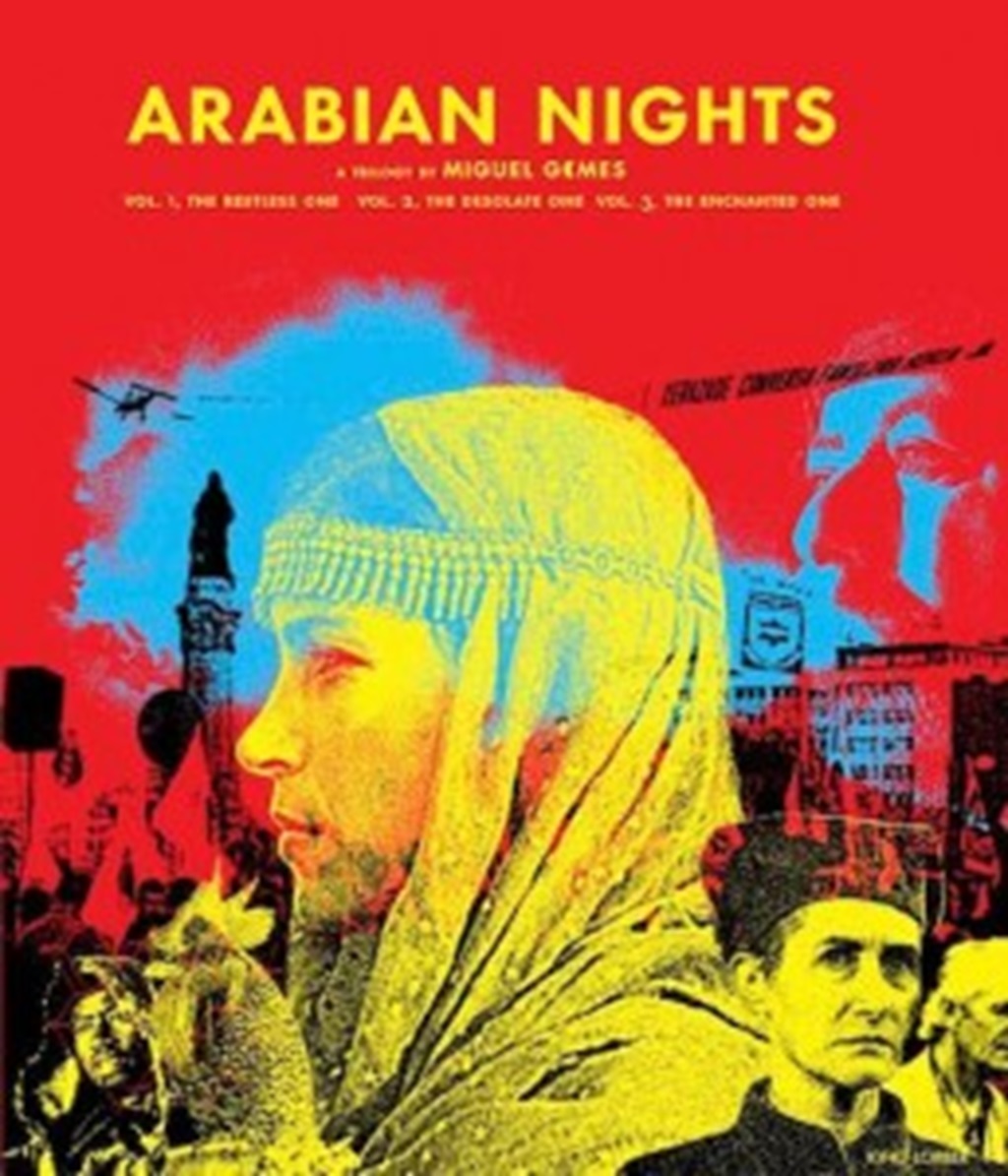
Kino’s three-disc Blu-ray release features 1080p and 2.35:1 transfers for all three films, showcasing excellent detail and vibrant colors.
Some scenes exhibit speckling, which may be unintentional but is generally minor. The 5.1 DTS-HD Master Audio tracks provide dynamic and sharp sound throughout.
Bonus features include a substantial interview with Gomes from the 2015 New York Film Festival, his short film Redemption (2013), a trailer, and a comprehensive booklet containing production notes and an essay by Dennis Lim.
On a scale of Excellent, Good, Fair, and Poor, Kino Lorber’s Arabian Nights Trilogy Blu-ray rates:
The Films (out of ****): **1/2
Film Elements Sourced: ***
Video Transfer: ***1/2
Audio: ***1/2
New Extra Features: **1/2
Extra Features Overall: **1/2
Also Read More: Who Are Siti Mariam And Ivica Adam Kalebic? Princess Anisha Parents Age Gap And Family

